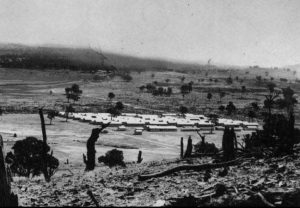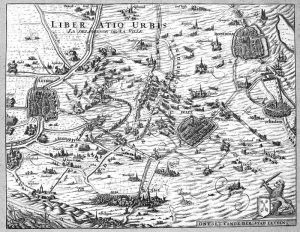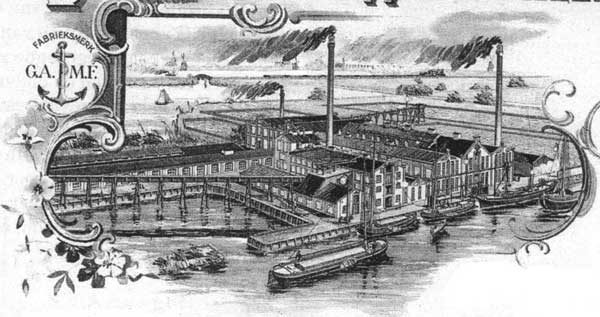
The Puckapunyal military training grounds during the Second World War. Large swathes of the Puckapunyal site were left barren and denuded as the result of military exercises. Source: Argus Newspaper Collection of Photographs, State Library of Victoria.
Military operations can have repercussions for environments and landscapes a long way from the battlefields. In the case of Australia most military action during the 20th century happened far from its shores, apart from the incidental bombing by the Japanese of Darwin and a few other northern coastal towns during World War II. It is therefore surprising that an Australian historian, Ben Wilkie, Honorary Research Fellow in Australian Studies at Deakin University, researches the environmental histories of military conflict. This edition of the podcast explores some of these histories of militarized landscapes in Australia, and the evolution of Australian Defence Force environmental policies in the twentieth century with Ben Wilkie.




Recent Comments